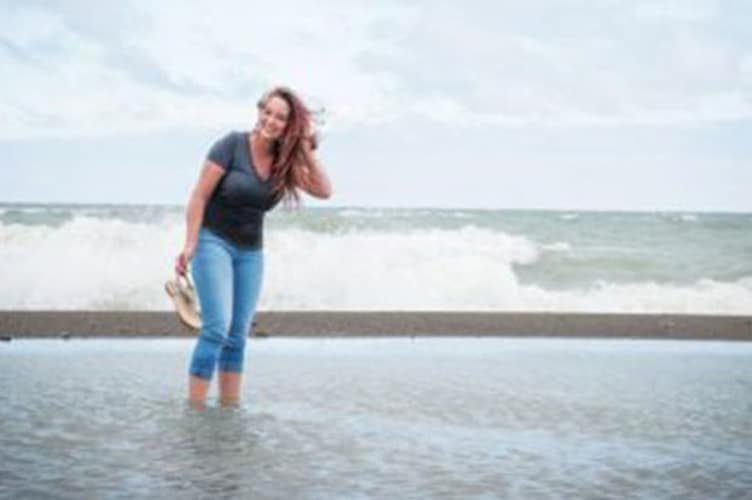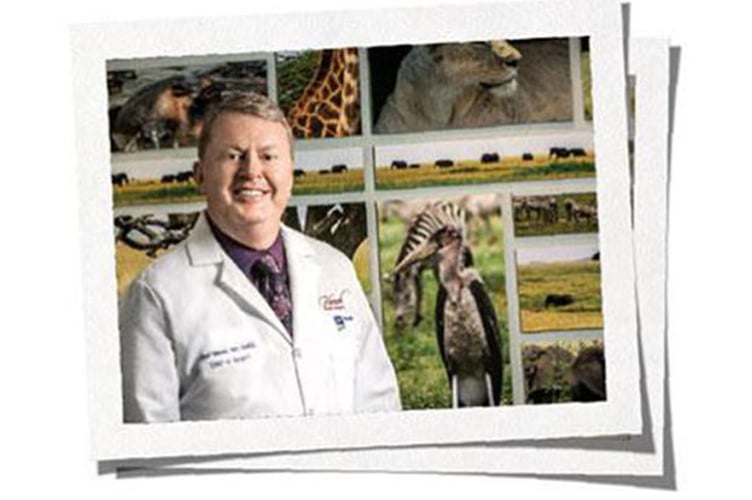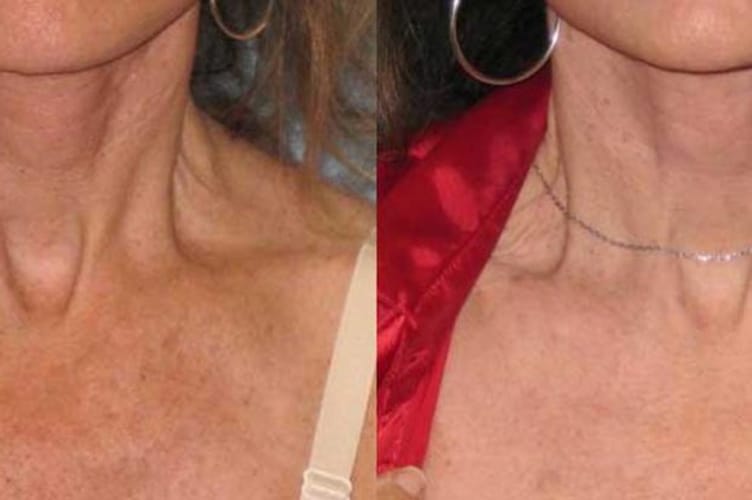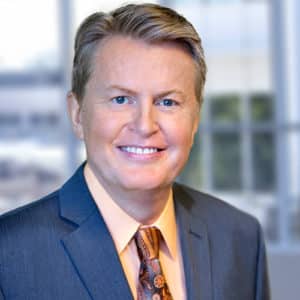Dear girlfriend who just found out you have breast cancer,
Yes, I know, I don’t know you and you don’t know me, but we are now and forever linked by a shared experience, breast cancer. Your story and my story are probably very different, no two are the same. But no matter how different our journeys, I feel connected to you and that connection makes me want to reach out.
If I could, I would ask you to meet me for a walk in the park or a cup of coffee so we could share our stories in person. But this will have to do.
I am going to tell you my story. My hope is that you find this story when you are up in the middle of the night or early morning in the deep dives of a Google search. My wish is that by reading my story you begin to feel like you are not alone. Because that is what I did, I read stories and called girlfriends walking this path and it gave me comfort.
My story begins with a mom who had breast cancer when I was in college. So when I turned 32 I had my first mammogram. I have had so many mammograms, ultrasounds and MRIs, that just those records alone have their own folder at my surgeon’s office.
Two years ago, 18 years after my first mammogram (yep, that makes me 52 now!) my story took a turn with the diagnosis of Atypical Lobular Hyperplasia (ALH) and Lobular Carcinoma In Situ (LCIS). Although not cancer, these precancerous conditions increase the chances of cancer by a lot! After 4 needle biopsies and 2 surgical biopsies over the next 2 years, in February 2017, I was diagnosed with PLCIS. That added P to the abbreviation LCIS stands for pleomorphic. I had to practice pronouncing it and turn to Google to figure out what it meant. What it meant was that I now had breast cancer. But PLCIS is not common, so there is not a typical treatment. In fact, the suggested treatment is to approach it like DCIS. There isn’t even a medical code for it. Some doctors added DCIS to my diagnosis; some just left it at LCIS. All agreed that for me a bilateral mastectomy was the best treatment.
My next logical response was to learn everything I could about mastectomies. There is a lot out there! An overwhelming, where do I begin? Oh my! amount of information.
And this is where my story took an interesting turn.
Just a few day before my surgical biopsy in February, there was an article in our local paper about a new procedure for mastectomy and reconstruction that was being performed by a friend of ours from church, Dr. Paul Vanek. The article told the success story of Georgi Anderson who had recently had the surgery. My mom loves to read the paper and share interesting articles with our family, so when she saw the article, she cut it out and sent it to me. I got it in the mail and gave it a quick look, thinking “that’s nice, but I won’t need that.” I was sure this biopsy, like the 5 before it, would not lead to anything new. As you already know, I was wrong.
So as I sat hunched over the computer researching mastectomies, my head swirling from everything I had read, I suddenly remember the article my mom had sent me. Digging through the mail I reread the article. Oh how a few days can change your perspective on the importance of a story. I read it again and again. Pre-pec nipple sparing mastectomy . . . what? This procedure had not shown up in my searches. So I Googled again. And now I was really lost. I mean seriously, it is enough to have to wrap your head around the whole, I have cancer thing, now I had more choices to make.
The next part of the story might seem like it is made up. And in fact when it happened, I actually turned to my husband and said to him, “You have got to be kidding!”
My head full, way too full of information, I left for church. I sat down and not 2 minutes later, our friend, Paul Vanek, the doctor in the article, walked in and sat down right in front of me! Crazy, right! I have witnesses, if you don’t believe me.
You know what is better than Google to help you research a topic to make a decision? A caring, accomplished surgeon sitting in front of you that can answer all of your mind-boggling questions.
And the next best thing? A girlfriend who has been through it. Within a short time after talking to Dr. Vanek at church, I was able to talk with Georgi Anderson, the woman featured in the newspaper article, my mom had given me. Georgi shared her story with me, answered my questions, calmed my fears, and let me know I was not alone.
Fast forward 2 months.
On April 17, 2017, I had a bilateral pre-pec skin and nipple sparing mastectomy with reconstruction.
I know, I know, you have so many questions. What is a pre-pec skin and nipple sparing mastectomy with reconstruction? Why did I choose it? How was it? How am I doing now?
Let me start with what was most important for me, Dr Vanek, his staff and the care team at TriPoint Hospital.
As a teacher, I value knowledge, skill and heart. I want students to leave me with knowledge and skill, but most important I want them to use the knowledge and skill to make the world better.
I hold people to a high standard of knowledge and skill. Because I have known Dr. Vanek for over 20 years, I know through personal experience and the experience of many friends, that he is exceptional at his craft. But what has always impressed me most about Dr. Vanek is his commitment to caring for his patients. And this extends to his entire staff.
When I went to my first pre-op appointment, I was shaking, literally. The whole experience was finally real. I wasn’t just sitting at my laptop Googling; I was making a decision about something that was really going to happen to me. From the moment I was greeted at the desk, I started to feel the commitment to caring at Dr. Vanek’s office. Kind words, an offer to get me a glass of water, an encouraging hug, reassurance that I was in good hands and would be well cared for. Each and every person I came into contact with that day demonstrated that this was a place committed to caring for patients first. And the person who demonstrated this the most was Dr. Vanek.
Now as you can guess from all my references to Google, I am very committed to understanding and being an active participant in my health. But at this moment in my life, what I needed more than anything was to hear and feel that it was going to be OK. That I was not alone in this journey and that I was in good hands. And even before I heard all the specifics of the surgery and reconstruction, I was at peace.
So back to your questions. What exactly is a bilateral pre-pec skin and nipple sparing mastectomy with reconstruction? As a 2nd grade teacher I am hardly qualified to describe this in detail. And so if you click here: bilateral pre-pec nipple sparing mastectomy with reconstruction (need this to be a link to the specifics about the surgery), you can get the medical specifics.
But I can tell you what it meant to me and why I chose it.
This type of surgery meant that I would still “look like me” although a LOT perkier! Birthmarks and freckles and scars from my first 2 surgeries would still be there. I know this sounds funny, but especially my scar from the February surgery was important to me. That scar, as my youngest daughter said to me, “is your sign of hope.” It meant the cancer had been found and was being treated. Having skin and nipple sparing surgery meant that these parts of me, these signs of hope, remained.
This type of surgery meant I would go under anesthesia with breasts and I would wake up with them. I know this is not part of everyone’s story. I am very close to women who could not have this experience. I was very grateful for this being a part of my story.
This type of surgery meant that I was off prescription pain medicine within 4 days of surgery and off of over the counter pain meds after 3 weeks. This was important to me not because I am against pain medicine or have a high tolerance for pain, but because of the role pain medication has played in my life previously. For many years, I struggled with severe headaches and needed over the counter pain meds to treat the pain. Now, whenever I can minimize the use of pain medicine I do. Because this surgery placed the implant over my muscle and did not require expanders, my pain and thus the need for pain medicine was greatly reduced.
This type of surgery meant I would not lose muscle strength or mobility. A few years back I lost a considerable amount of weight through changing what I eat and through exercise. This weight loss and addition of regular exercise was critical in the reduction of my headaches. Being able to run, lift weights, and do yoga is an important part of how I now live every day. Having an option for a surgery that would enable me to return fully to these activities was important to my returning to the lifestyle that makes me be the best version of me.
This surgery meant I could get back to life sooner. For me that meant I could be there for my daughter when she had her wisdom teeth out, just 3 weeks after my surgery. Always the planner, I purposefully, scheduled my surgery with 6 weeks left in the school year so my absence was the least disruptive to my students. Because of this, I did not have to return to work 6 weeks after surgery because summer break had begun. But I feel confident that I could have, if that timing had been different.
During the 6 weeks of recovery, I did need to rest and lay low. The first week, I had a fancy thing called Prevena Incision Management System and drains. I am amazed at the things people invent that make getting better easier. Don’t be intimidated by these things. They explain all of it to you before you leave the hospital and let you practice anything you need to do. I was fortunate to have the assistance of my two older daughters, who graciously transitioned from advertising and media professionals to nursing assistants to help me out. After the first week with the removal of the Prevena, I was more comfortable and could take care of myself with little assistance. My drains remained for 17 days. A gift of a specially designed camisole, from the Lake Hospital Systems Breast Center, made it easy to manage the drains. Throughout the 6 weeks, I learned that healing takes time and energy. Even though I did not do a lot, my body was very busy healing and so I found I was tired. I rediscovered the power and joy of naps! I also learned that this part of the journey is very individual. Everyone heals in their own way. If it takes a little longer or you feel better sooner, that is exactly how it should be, for you.
What does my future hold? This surgery was the treatment I chose as best for me. I am now cancer free and do not need further treatment. I am so grateful for this. I find comfort in knowing that Dr Vanek will continue to be a part of my future. I will see him over the next year, so he can carefully watch over my continued healing from the surgery and make any necessary adjustments. Sometimes, 6 months after surgery, there is a 2nd simple surgery to add fat around the implants. And although I appreciate all the generous offers for donated fat, I will be happily using my own! Another important deciding factor in selecting to have Dr. Vanek do this surgery is that he or an associate of his will see me yearly for the rest of my life. Although I love to be in charge, this is one part of my life, where I want to know that there is an expert keeping an eye on things for me.
So dear girlfriend, that is my story for now. I hope reading it helped to answer some of your questions and brought you some comfort during this challenging time in your life. I have learned many life lessons the past few months. But the most important lesson is that there are many, many kind and loving people in this world and their love will carry you through this.
I am sending some of that love, to you, right now.
Your friend,
Mary






